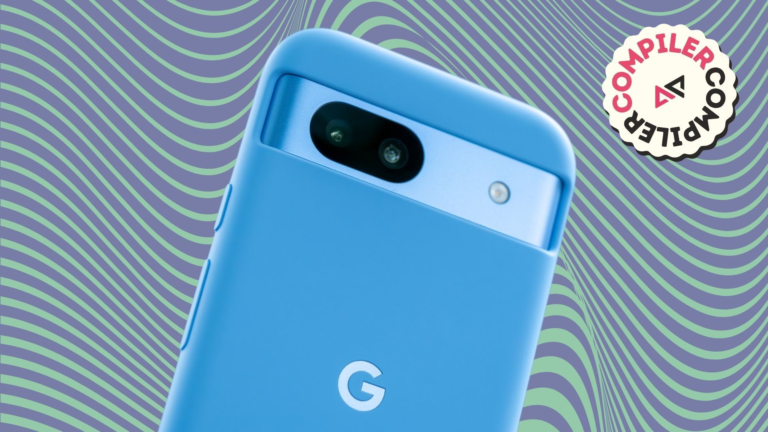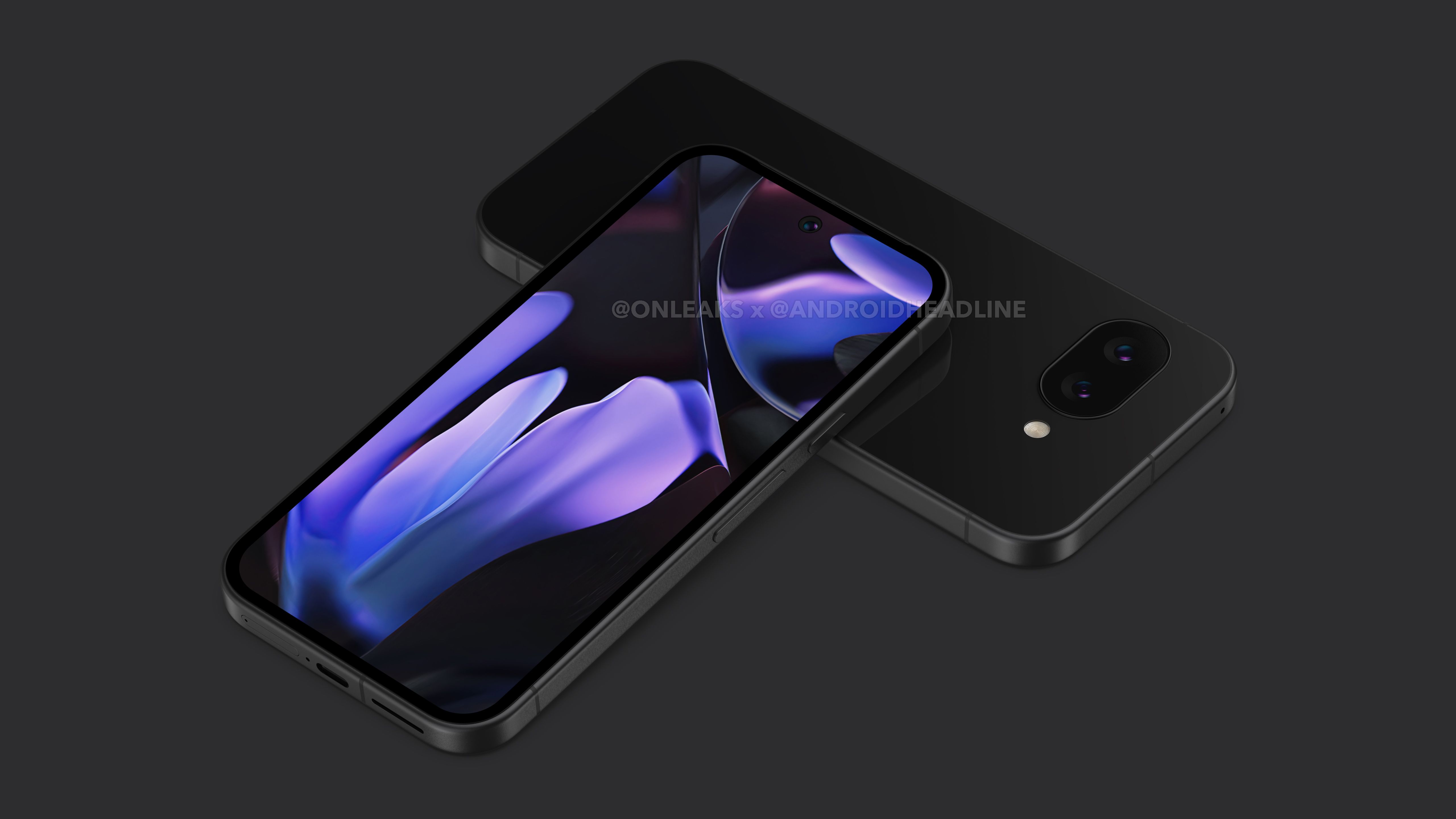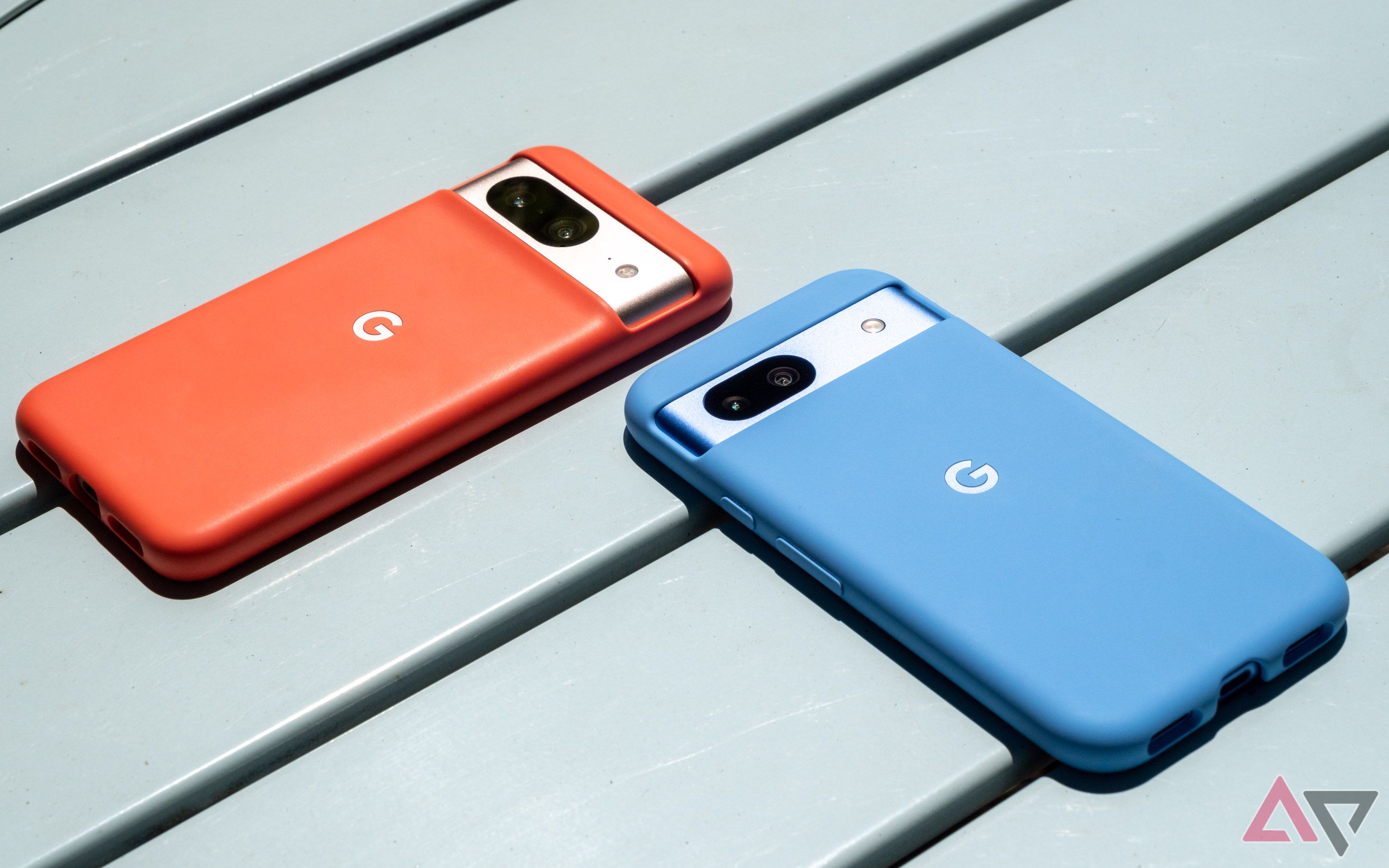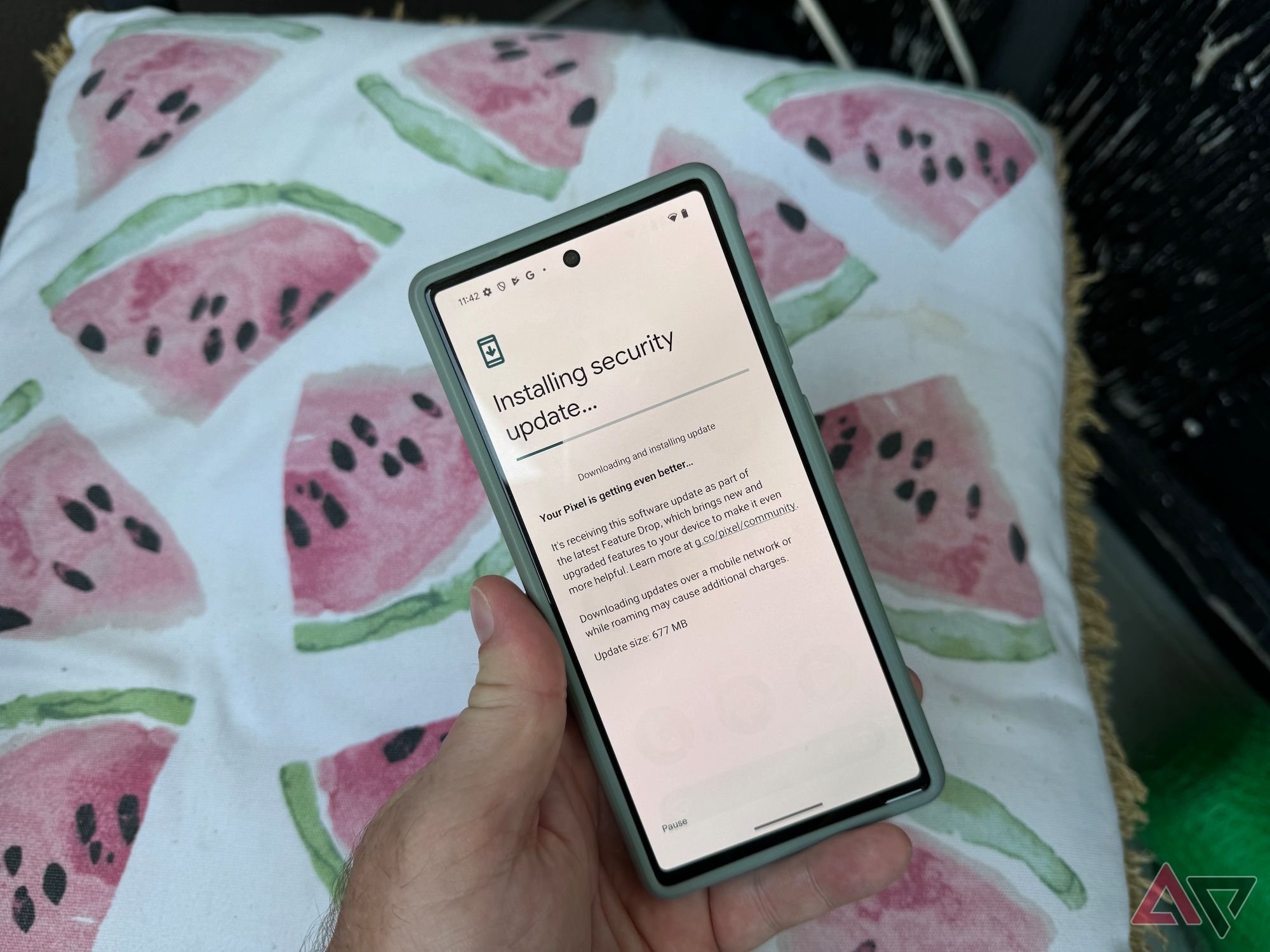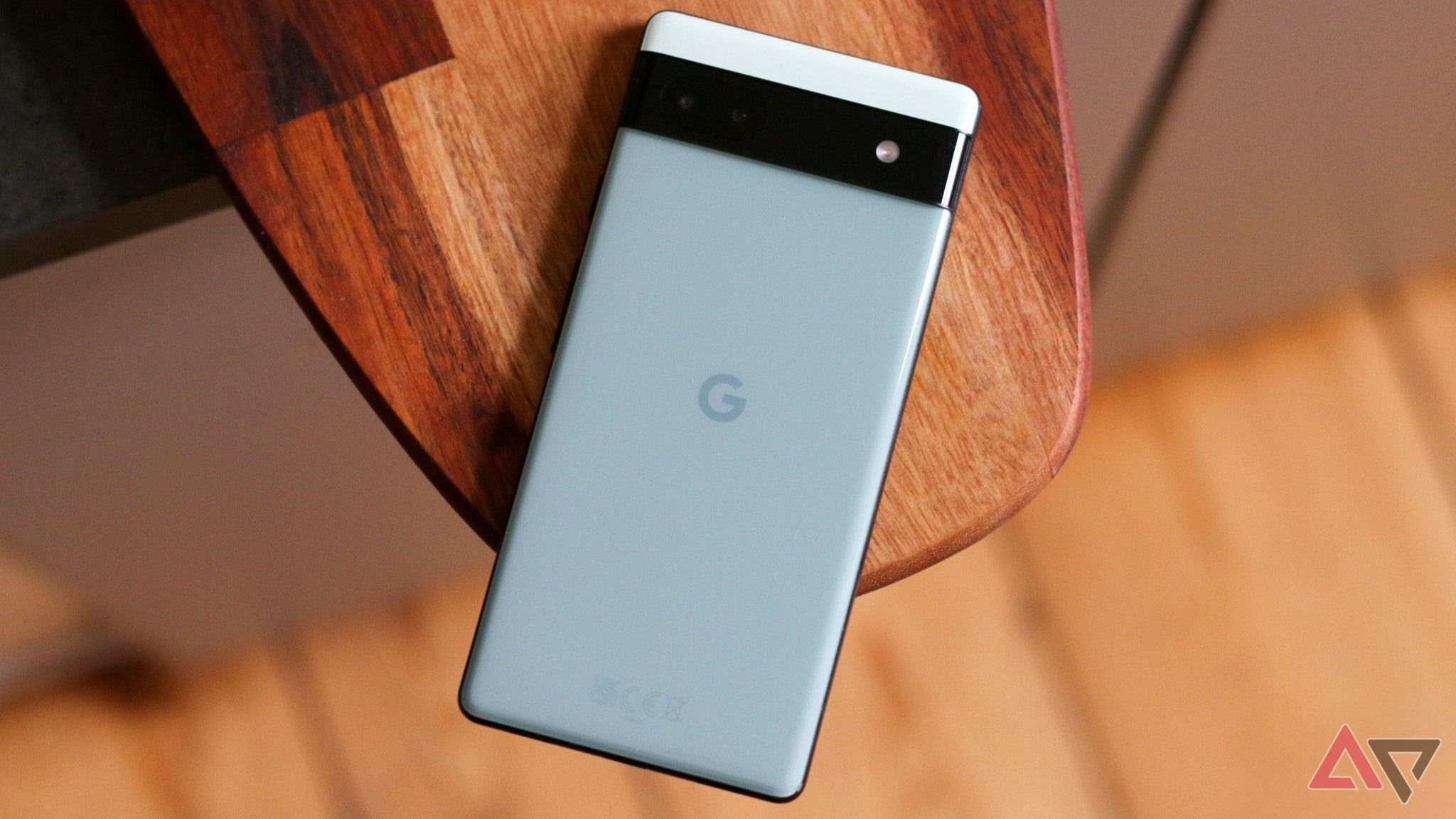More information about the upcoming Pixel 9a leaked this week. The gap between Google’s full-price Pixel phones and its budget Pixel A series has been narrowing for years, and the 9a doesn’t look like it’ll buck that trend: according to one leak, the 9a will use the same primary camera sensor as the $1,800 Pixel 9 Pro Fold. Taken with the Tensor G4 that’ll power the thing, that’s a lot of parts borrowed from Google’s premium 2024 phones. How much closer can flagship and midrange Pixels get before they’re the same phones?
Welcome to Compiler, your weekly digest of Google’s goings-on. I spend my days as Google Editor reading and writing about what Google’s up to across Android, Pixel, and more, and sum it up right here in this column. This is the Google news you need to understand this week.
The Pixel 9a will be built from 2024 flagship parts
According to a report from Android Headlines, the Pixel 9a will likely ship with the same 48-megapixel camera sensor as the Pixel 9 Pro Fold. That sensor isn’t quite as capable as the one in the standard Pixel 9 and the non-folding Pixel 9 Pro, but it’s still an upgrade coming from the 8a.
This year’s Pixel 8a came with a 64-megapixel 1/1.73″ (or 0.58″) sensor. The 9 Pro Fold’s primary camera sensor has a lower resolution at 48 megapixels, and it’s a little smaller at 1/2″. Despite the apparent spec sheet downgrade, the new sensor is generally more capable: DxOMark rates the Pixel 9 Pro Fold’s camera performance above the Pixel 8a’s in every scored category. If that doesn’t sway you, our own experience also shows the Pro Fold’s cameras are quite good.
The cheapest Pixel 9 sporting the same primary camera hardware as its most expensive Pixel 9 certainly sounds exciting, but it blurs the line between Google’s midrange and high-end phones even more — and it was already pretty blurry. When the Pixel 8a was released earlier this year, the surrounding discourse was largely that it delivered a surprisingly similar experience to the full-fat Pixel 8. With both phones at MSRP, the $499 8a was the clear winner over the $699 Pixel 8.
But the Pixel 8 was already regularly discounted by then; in our review, Will asked: “Why does this phone exist when the Pixel 8 is usually on sale for just $50 more?” Sure enough, the regular Pixel 8 was on sale for $549 just weeks before the 8a dropped. To date, the standard Pixel 8 has been available for as little as $424. Why do both these phones exist?
The Pixel 9a we’re looking forward to this spring will have the same primary camera as the 9 Pro Fold and the same Tensor G4 chipset as the entire Pixel 9 family, details that paint a picture of a device that can’t possibly be that much more affordable than the regular Pixel 9. Unless Google can hold the $499 MSRP this year’s 8a launched at for another year, the story will surely be the same when the 9a lands: sale prices on the standard Pixel 9 will make the 9a look like a bad deal, and we’ll be left wondering what niche the cheaper phone is meant to fill.
I’ve made this point before: it’s time for Google to reexamine its strategy around the Pixel A series. I think there are two obvious routes to go there. Either skip the A series altogether after the Pixel 9a and instead offer permanent price cuts on last-gen flagships, or reeingineer the cheaper series such that the Pixel 10a is a genuine budget offering that competes in the $350-$450 space the way the Pixel 4a and 5a did. The Pixel 8a is a good deal next to the Pixel 8 if both are full price, but the 8 never goes for MSRP anymore, a fact that really undercuts the 8a’s value proposition. I think we’re headed for a repeat with the Pixel 9 and 9a, and I hope Google can correct course for the Pixel 10 series.
The Pixel 10 might present a good opportunity to retool the lineup for more reasons than one. While it leaked this week that the Pixel 10’s fully custom Tensor G5 chipset could use the same node and process as the chips in Apple’s new iPhone 16 series, it seems like that change will mostly provide for modest efficiency gains rather than the significant bump in power we initially hoped for. The best argument for the Pixel A series as it is today is that a phone like the upcoming Pixel 9a will get you the same Tensor G4 chipset as the Pixel 9 proper, at a lower retail price. But as yearly gains continue to slow, having the very latest chip matters less and less with every passing year.
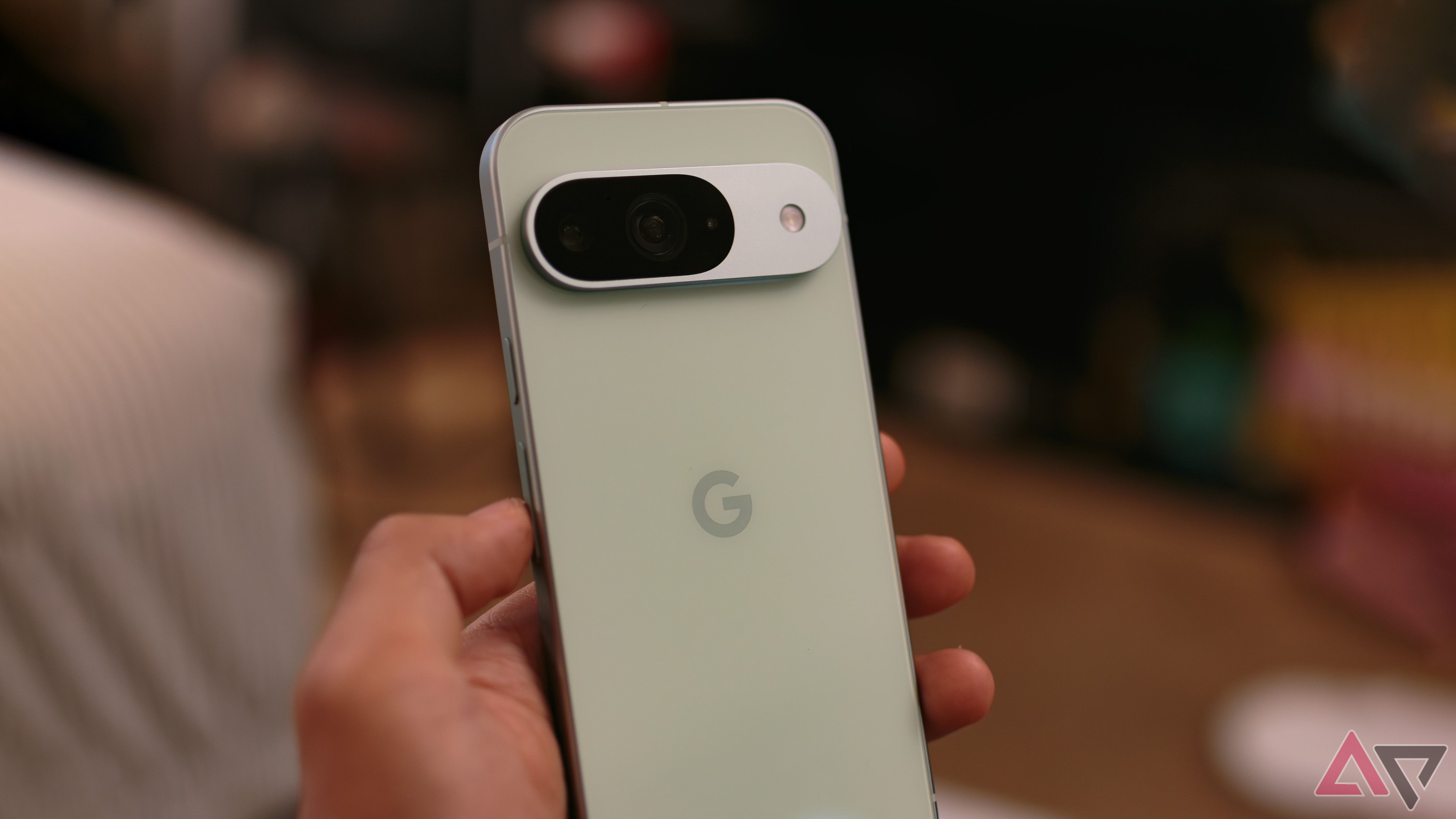
Related
Google Pixel 10’s Tensor G5 may not deliver the big performance boost you hoped for
New core layout but same old CPU cores
Some Pixel 6 owners have bad luck with Android 15; Google to open a new retail spot
It wasn’t all Pixel 9a and Tensor G5 this week. Google finally managed to go a full seven days without facing new antitrust hurdles as remedies for the consequential Epic v. Google suit are on hold pending appeal, though a particularly gnarly Android 15 bug has spelled trouble for some Pixel users. Here are a few highlights from the week.
The Android 15 update has bricked some Pixel 6 phones. The latest Android update rollout has been relatively uneventful, but a small group of users have had serious issues. A number of Pixel 6 phones have become completely unresponsive after the Android 15 update, and we still don’t know why. If you have a Pixel 6, you might do well to hold off on the update until we hear more about a fix. If your phone’s been bricked by the update, your best bet is likely contacting Google support and crossing your fingers.
The Pixel Tablet is finally getting a cast feature first revealed in January. Google detailed something called Hold close to cast at CES in January. The functionality lets you cast an audio stream from YouTube Music or Spotify to a docked Pixel Tablet by simply holding your phone near the tablet. Support for more music services is coming later. The feature requires a Pixel phone with UWB connectivity and Google Play Services version 24.42.32 on both the phone and the Pixel Tablet.
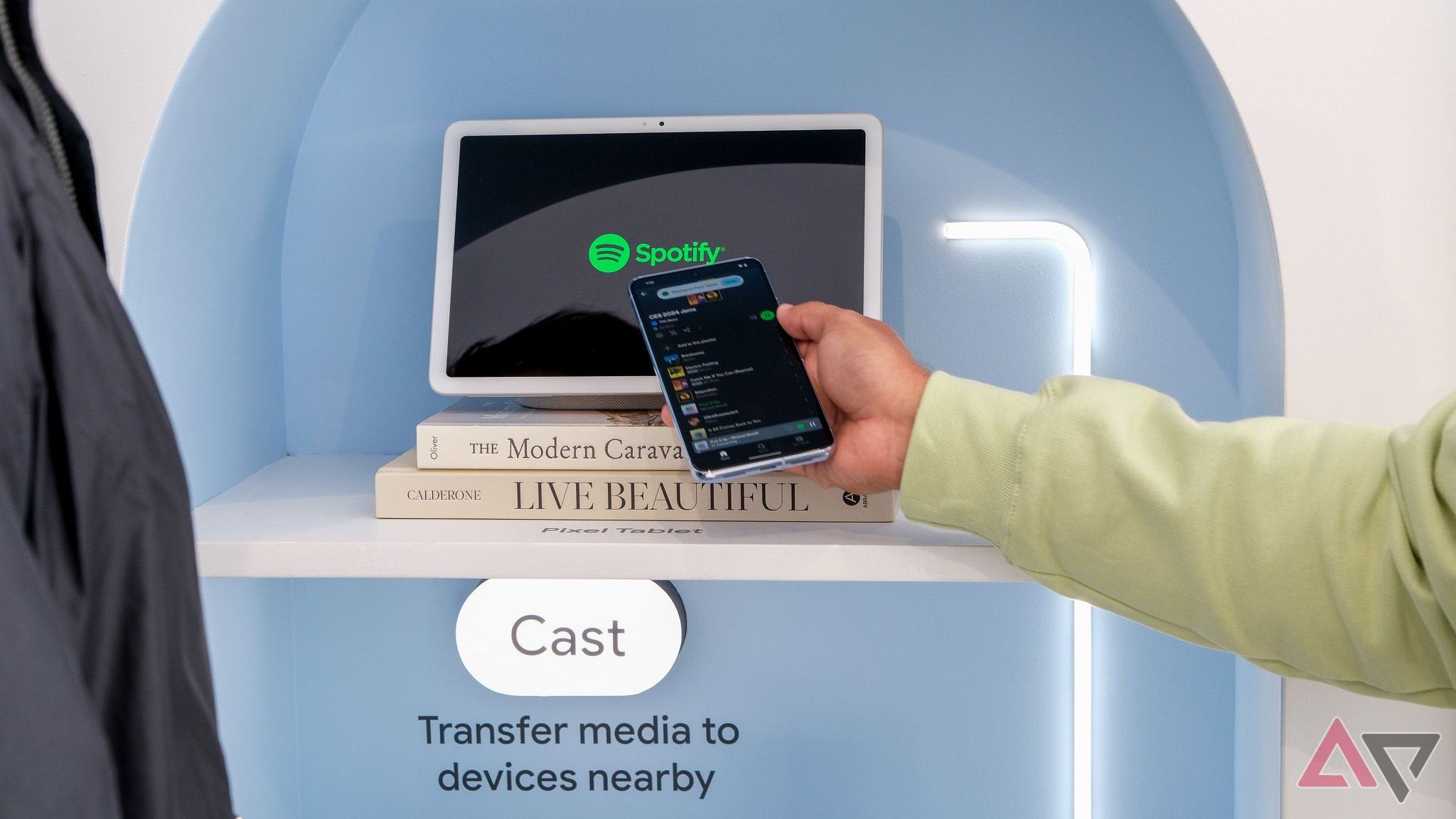
Latest development
Your Pixel Tablet just stole one of the Apple HomePod’s best tricks
‘Hold close to cast’ is rolling out now
Google’s fifth retail location is opening up in Chicagoland soon. The store will open in the Oakbrook Center shopping mall in the village of Oak Brook, Illinois, just west of Chicago, on November 1. The first Google Store in the Midwest joins four existing locations in Chelsea and Williamsburg, New York; Mountain View; and Boston. The store will be largely the same as existing locations, sporting plenty of wood grain and serving as a showroom for Google hardware. The Oak Brook store is about a half hour from the location of Google’s upcoming Chicago campus, expected to open in 2026.
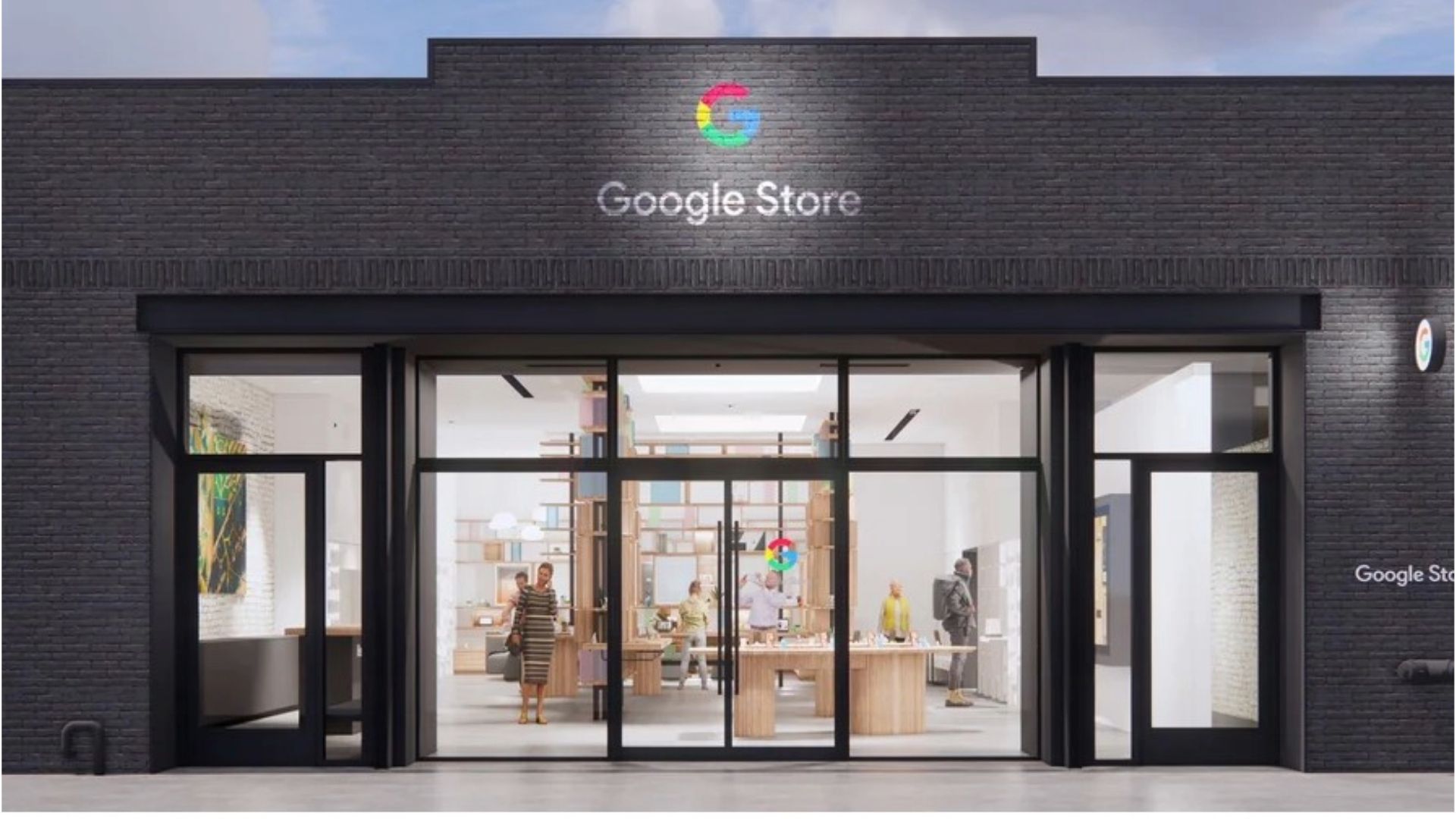
Full story
